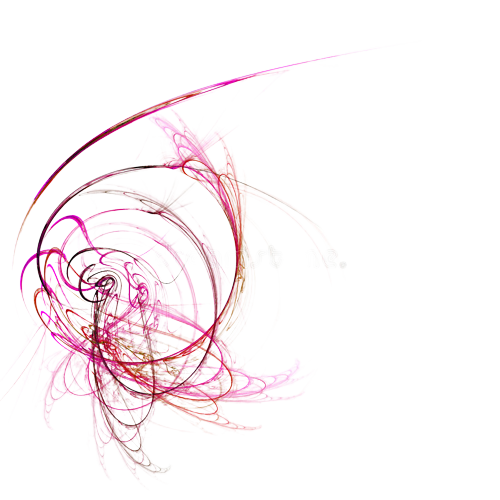When would you use dead-end filtration?
Dead-end filtration has been used most commonly for laboratory and medical filtration. The advantage of dead-end filtration is high product recovery and simple operation. The filter cartridges (depth filters), however, cannot be backwashed or cleaned because of internal pore blockage; instead, they are discarded.
What are the characteristics of a dead-end filtration system?
All the water that is introduced in the dead-end cell passes through the membrane. In other words, there is no retentate. In dead-end filtration the retained particles build up with time on the membrane surface or within the membrane.
What is the principle of TFF?
Tangential Flow Filtration (TFF) or Crossflow Filtration: A process where the feed stream flows parallel to the membrane face. Applied pressure causes one portion of the flow stream to pass through the membrane (filtrate) while the remainder (retentate) is recirculated back to the feed reservoir.
How does a crossflow work?
In crossflow filtration, an incoming feed stream passes across the surface of a crossflow membrane, and two exiting streams are generated. The permeate stream is the portion of the fluid that passes through the membrane.
What is diafiltration process?
Diafiltration is a dilution process that involves removal or separation of components (permeable molecules like salts, small proteins, solvents etc.,) of a solution based on their molecular size by using micro-molecule permeable filters in order to obtain pure solution.
What are the advantages of cross flow filtration over dead end filtration?
Because cross flow removes build up from the surface of the membrane, the permeate flux does not drop as fast when compared to dead end filtration. Cross flow technology also provides the benefit of an improved membrane lifespan by helping to prevent irreversible fouling.
What is the principle behind deep bed and cross-flow filtration?
The fundamental principle is that the solids are captured and retained by a filter medium. The liquid phase of the raw water passes through the filter, and is termed filtrate. A fundamental distinction is made between depth filtra- tion and surface filtration.
What is retentate in filtration?
This fraction is called “permeate” or “filtrate,” while the fraction that does not pass through the membrane is called the “retentate” or the “concentrate.” In some applications, the end product may be the permeate – as in fruit juice clarification or effluent purification – or the retentate, as in the concentration of …
What is retentate and permeate?
The retentate is that part of the feed that does not pass through the membrane, while the permeate is that part of the feed that does pass through the membrane.
What is the difference between ultrafiltration and diafiltration?
What’s the difference between ultrafiltration and diafiltration? UF uses a semipermeable membrane to separate molecules based on size and is typically used for purification and concentration. DF is the process of adding back a different buffer or solvent after UF.
What is concentration and diafiltration?
Diafiltration is a technique that uses ultrafiltration membranes to completely remove, replace, or lower the concentration of salts or solvents from solutions containing proteins, peptides, nucleic acids, and other biomolecules.
What is flux in filtration?
Flux rate is the flow rate through a specified surface area that is usually expressed as gallons per minute per square foot of media surface area, or the velocity of flow through a defined amount of filter media.
